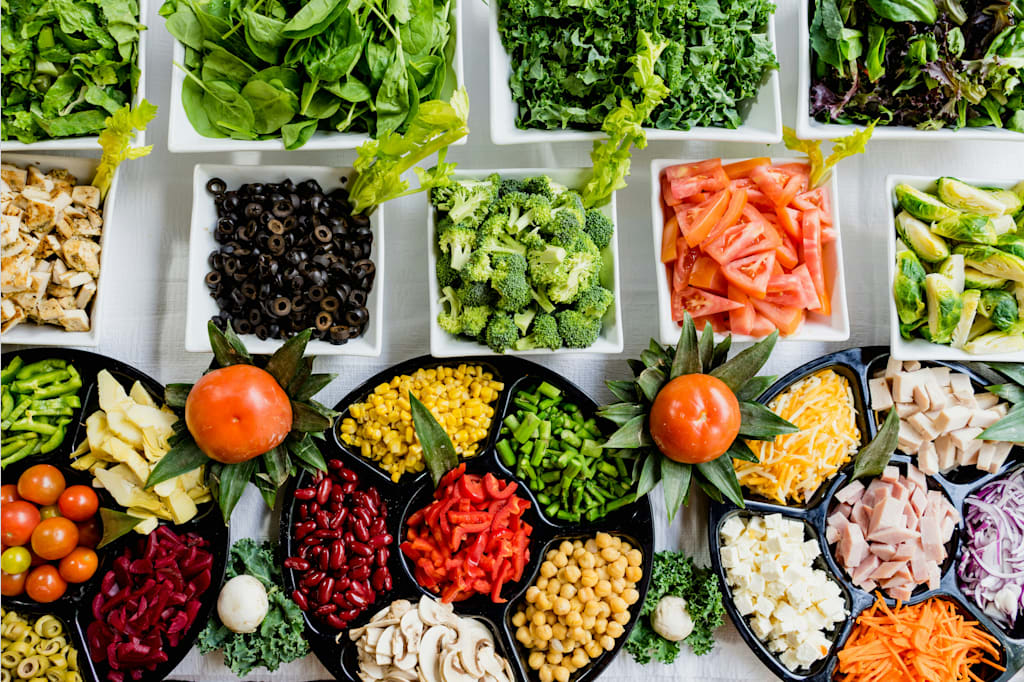Carb cycling Guide for Fitness Enthusiasts
- Be Healthy
Hey there, fitness enthusiasts! If you’re ready to take your performance to the next level, you’ve come to the right place. Let’s dive into the world of Carb Cycling, a nutritional strategy gaining popularity among athletes for optimizing performance and weight management.
Understanding Carb Cycling: What is it exactly?
In essence, Carb Cycling involves alternating between high-carb and low-carb days throughout the week. This technique is favored for its ability to optimize carbohydrate utilization, benefiting both athletic performance and weight loss.
The Importance of Meal Planning in Carb Cycling
Imagine embarking on a mountain hike without a map or compass – you might get lost, right? Well, navigating the world of Carb Cycling without proper planning can feel just like that. It relies on a delicate balance between high and low-carb days.
Without a solid plan, you might end up consuming too many or too few carbs, sabotaging your weight loss or performance goals. Moreover, proper planning ensures consistency and simplifies your life, sparing you the daily hassle of calculating carb intake.
Determining Your Daily Carb Needs
Fear not, calculating your carb needs isn’t rocket science! The amount of carbs you require depends on factors like age, gender, activity level, and personal goals. As a general rule, aim for 45% to 65% of your total daily calories to come from carbohydrates.
For example, if your daily caloric intake is 2000 calories, this translates to around 225 to 325 grams of carbs per day. High-carb days should make up about 60% to 70% of your carb needs, while low-carb days cover the remaining 30% to 40%.
Remember, not all carbs are created equal. Opt for high-quality carbs found in fruits, vegetables, and whole grains.
Sample Carb Cycling Meal Plan for a Week
Now, let’s delve into a sample meal plan for a typical Carb Cycling week:
Monday: High-Carb Day
- Breakfast: Oatmeal with fruits and a drizzle of honey.
- Lunch: Grilled chicken with quinoa and a generous serving of vegetables.
- Dinner: Salmon with brown rice and vegetables.
- Snacks: Fruit smoothie, homemade cereal bars, and dried fruits.
Tuesday: Low-Carb Day
- Breakfast: Spinach and feta cheese omelet.
- Lunch: Tuna salad with plenty of green vegetables.
- Dinner: Steak with grilled vegetables.
- Snacks: Nuts and seeds, raw vegetables with hummus, and cheese.
Continue this cycle throughout the week, adjusting the plan based on your preferences, energy levels, and training schedule.
Optimizing Your Carb Cycling Schedule
Tailoring your Carb Cycling approach to your workout routine is key. For instance:
- High-Carb Days: Perfect for intense workout sessions, providing energy.
- Low-Carb Days: Aid recovery from previous workouts and promote fat burning.
Experiment with different schedules, such as cycling between two low-carb days followed by one high-carb day, to find what works best for you.
Top Tips for Simplifying Carb Cycling Meal Planning
-
Meal Prep: Embrace the power of preparing meals in advance (Meal Prep). Spend an afternoon cooking for the entire week to save time and stay committed to your dietary plan.
-
Nutritional Tracking Apps: Use apps to gain insights into your nutrition. They help you understand what you eat and assist in meeting your macro goals, whether it’s a high or low-carb day.
-
Variety is Key: While Carb Cycling demands discipline, it doesn’t mean eating the same foods every day. Diversify your carb sources to keep the joy in eating.
Conclusion: Embrace the Flexibility of Carb Cycling
In wrapping up, it’s crucial to understand that Carb Cycling is not a rigid science, nor is it a punishment. It’s a flexible and customizable dietary approach aligning with your needs, tastes, and lifestyle.
Whether you love pasta or have a hectic schedule, Carb Cycling can be adapted to suit you. The goal is to feel good both physically and mentally.
Remember, your success in Carb Cycling hinges on smart planning, understanding your carb needs, and the willingness to adapt the strategy to your life. It’s not just a trend; it’s a personalized approach to fueling your athletic goals and weight loss journey.
Ready to take the plunge? Share your thoughts and questions below!







